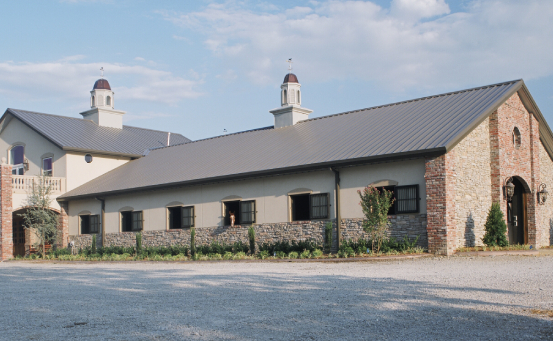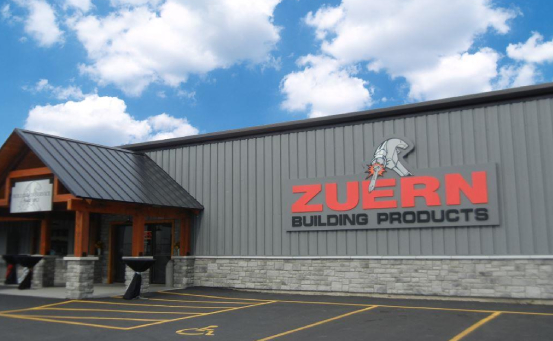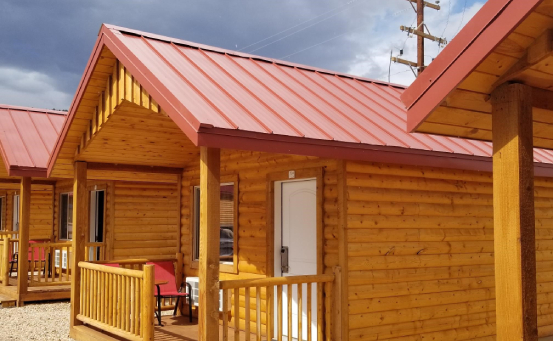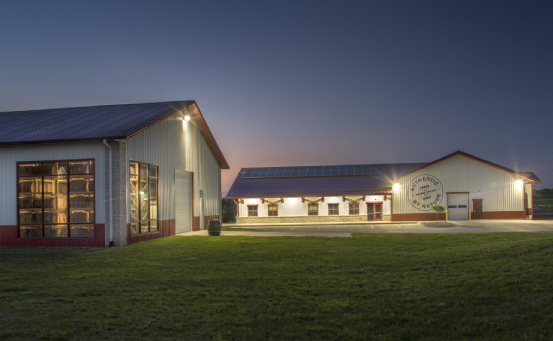All Blog Posts
Metal roofing tips, tricks and industry updates from American Building Components.

Metal roofing tips, tricks and industry updates from American Building Components.

ABC’s sustainable metal roofing and wall panels are durable, economical, energy efficient and offer a long life expectancy.

ABC’s sustainable metal roof and wall panels are durable and provide a long life expectancy with both energy efficiency and economical benefits.
Learn More
In each episode, subject matter experts from across the Cornerstone Building Brands family share their expertise and knowledge relevant to many types of projects and applications.
Learn More
Whether you’re a building supply store looking to stock ABC products, a homeowner wanting to upgrade to metal, or contractor working on your next project, buying ABC products is easier than ever!